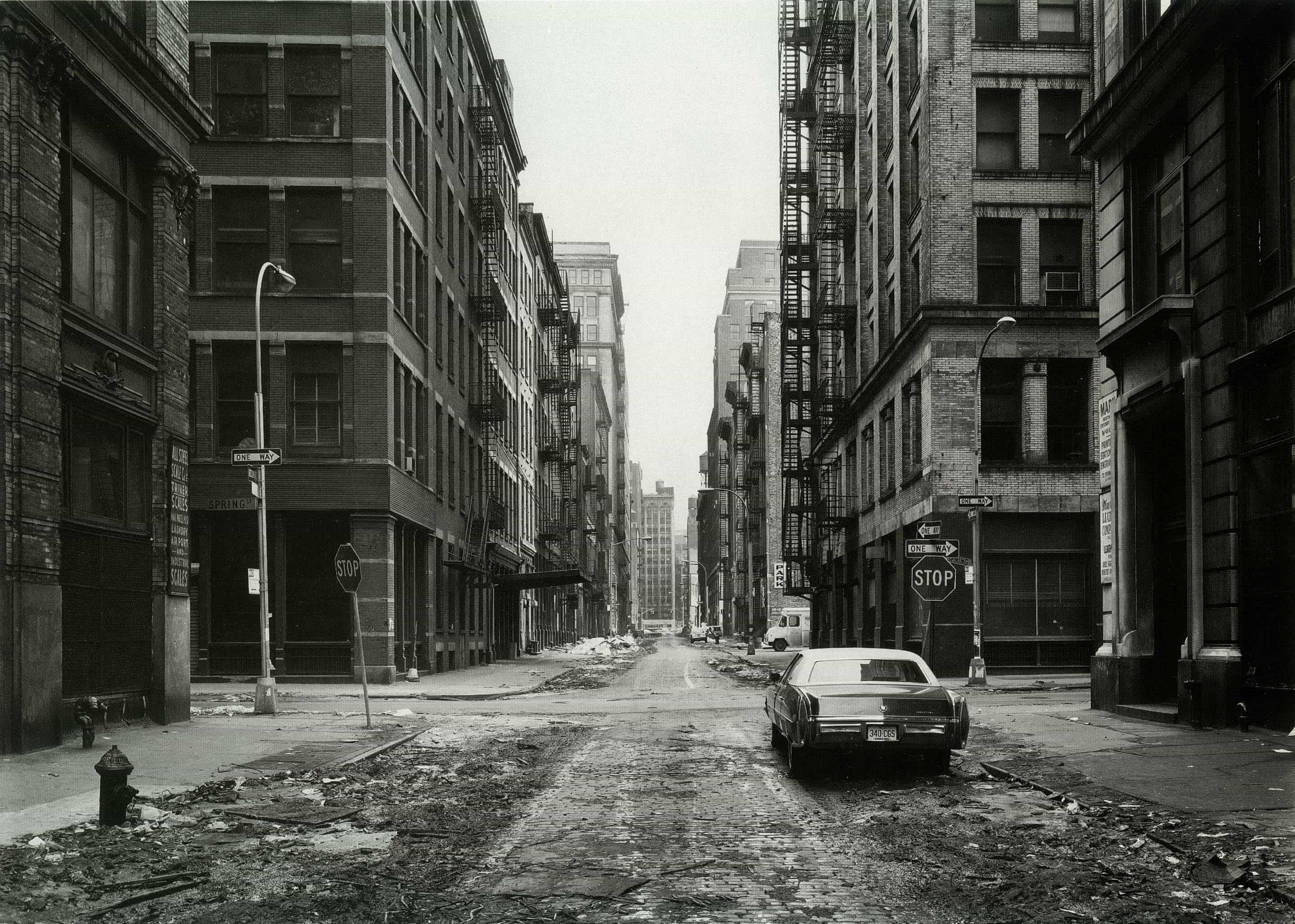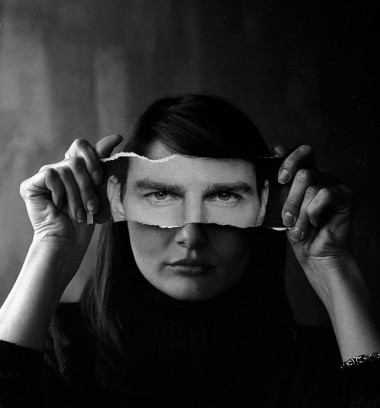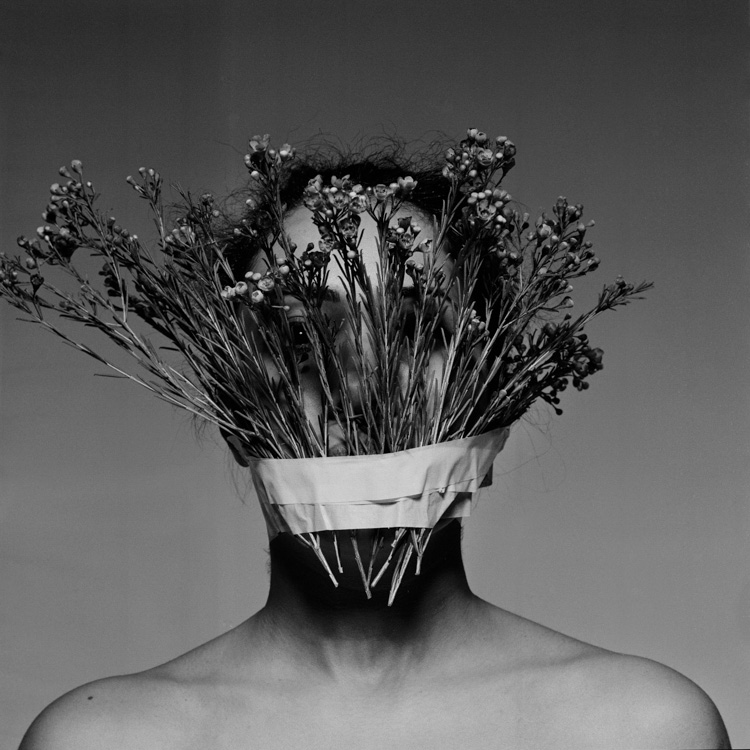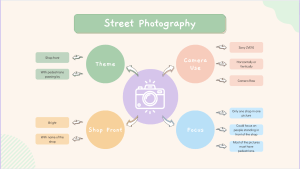Thomas Truth
Thomas Struth is a German photographer known for his large-scale, highly detailed images of urban and natural landscapes and portraits. His work explores the relationship between individuals and their environments, often capturing crowds of people in iconic locations. Struth’s meticulous attention to detail and use of large-format cameras create immersive and thought-provoking photographs that have significantly impacted contemporary photography.
Photographer’s photo

This is a photo by Thomas Truth, which is the classic style of his photographs. In this picture, it is an urban street with no people. He uses the “line” element to organize the image and adds a black-and-white filter. No road will be black and white, so this must have a filter on. But the part of the sky is pretty bright, which strongly contrasts the buildings. These are the reasons why this picture looks nice.
Contact Sheet


Red

I made this picture a “red” image because it is similar to the photographs taken by the artist Thomas Truth. The artist’s characteristics are the view from standing in the middle of the street and taking a picture of the buildings. In Beijing, it is rare to see roads separated from the left and right lanes in the middle. So, I chose to take a photograph that only partially has anything on the road but still has the same theme. This picture looks nice because of the buildings, roads, and especially the building that spans the middle.

I mark this picture a “red” image because of the same style as the photographs taken by the artist Thomas Truth. It also stands in the middle and pays attention to the buildings. We are similar in also leaving a gap in the middle, which allows the audience to think more about what other facilities will be different than the buildings already appear in the image. I let the road be about 1/3 in the picture because the road is also a vital element for allowing the facilities to get smaller and smaller. Even though the photo by Thomas Truth did not contain any component of trees or colors, adding the shade of trees and buildings is still excellent.
Yellow

I mark this picture as a “yellow” image because it will be a set of photos taken around 5:20-5:30, which is the time of sunset on Oct 28. I first check the time on my phone in the evening, and I wait till the day comes dark. This photo is taken by the place around the China World Apartment. This picture looks great because of the rich elements, such as the zebra crossing, passing vehicles, advertisements on buildings behind, and more high-rise buildings on the left rear of the building. All these elements look excellent with each other and do not make the audience feel messy or so. I love the slope on the left of the building, which forms a great angle and leads the attention to the formation on the back. I also love how the lights are partly open in the building on the back, which gives a unique atmosphere.

I mark this picture as a “yellow” picture because of the same theme as the first yellow picture. It was also taken in the same period as the first photo. I was actually standing at the crossroads in the first yellow picture. I decided to stand in the middle of the corner and take a photograph because it would be excellent if two cars were passing, and also, the background of the building spans in the middle light up. The lights have an eco, which forms a unique atmosphere. They can be analyzed as three different types of lights: bright (white), yellow (warm), and red. The elements also surprised me; I’m fortunate, too.
Green

I mark this picture as a “green” photo because of the same elements that the other green image will also have, which this picture is taken at 16:25. In this picture, it can be directly seen that the building looks like pants in the middle, and its name is “Big Pants.” I discovered I could take a picture of the upper part of this building, but also with many gaps filled by the sky. There are also some buildings on the right of “Big Pants,” but they still leave a clean area, with only one “Big Pants” in the middle. I was standing outside a shopping mall, which, as you can see on the left side of the picture, has some buildings that “show up.” This picture looks good because of the gaps highlighted in the “Big Pants.”

I made this picture a “green” picture because, as you can see, it is about the same angle as the first, but in different periods. This picture was taken at 17:38 on Oct 28, about 1 hour after the first picture. I decided to take photos in the different periods because I know there will be light effects at night, so I wanted to see if it would form a strong contrast if I took pictures one hour before sunset. I was satisfied with the result that I got. The difference is noticeable, and if you spend more time staring at this picture and then look up at the first picture, you will think that the first picture might be black and white. The first picture still has color, but because of the strong contrast, it does not look like it has color. I think this picture looks great because of the buildings’ lighting and street lamps. The dark blue of the building and some light up inside of the building got eco with the street lamps. The sky was blue with purple, which is my favorite color. All these elements form such a nice picture.






























